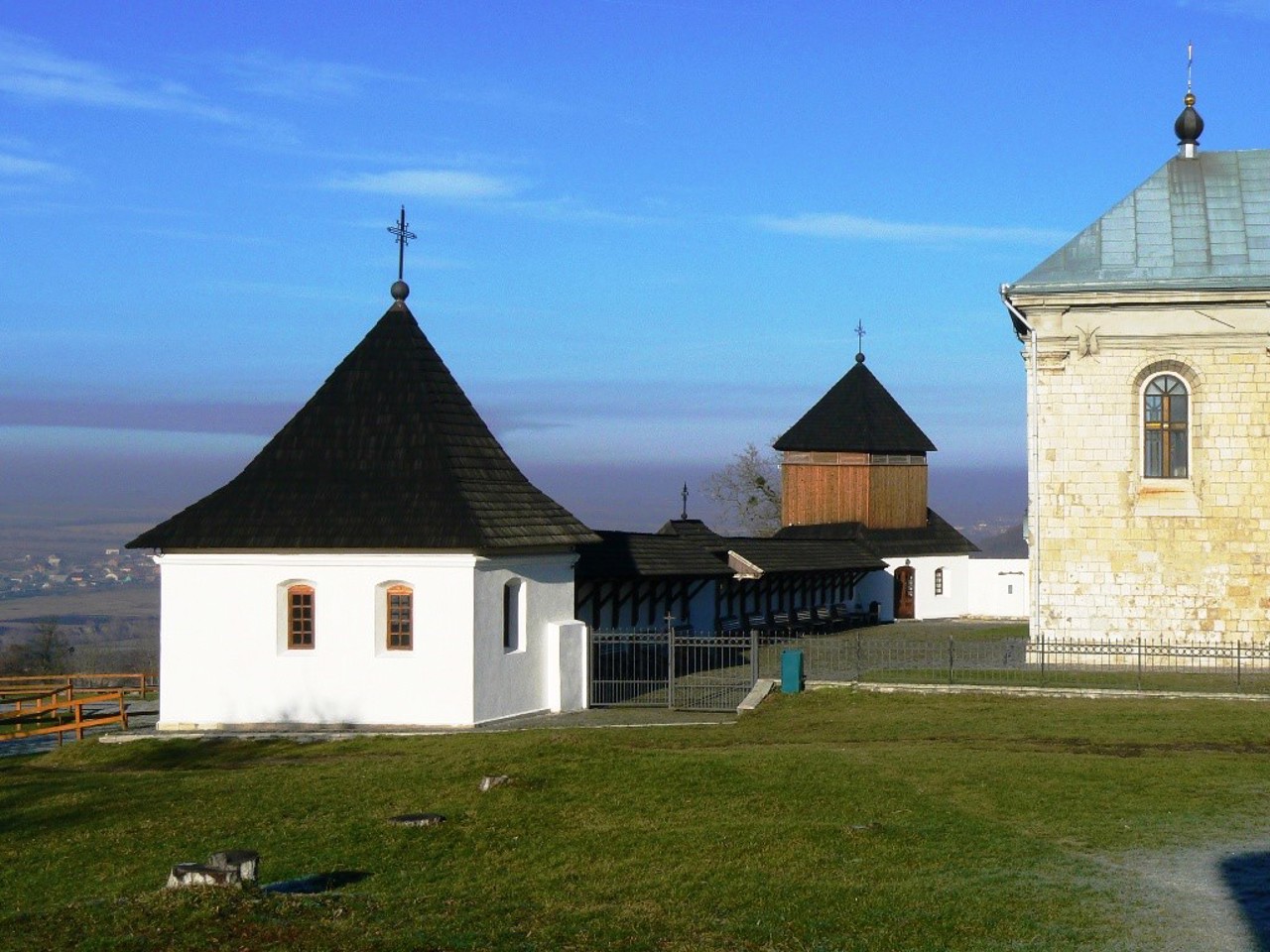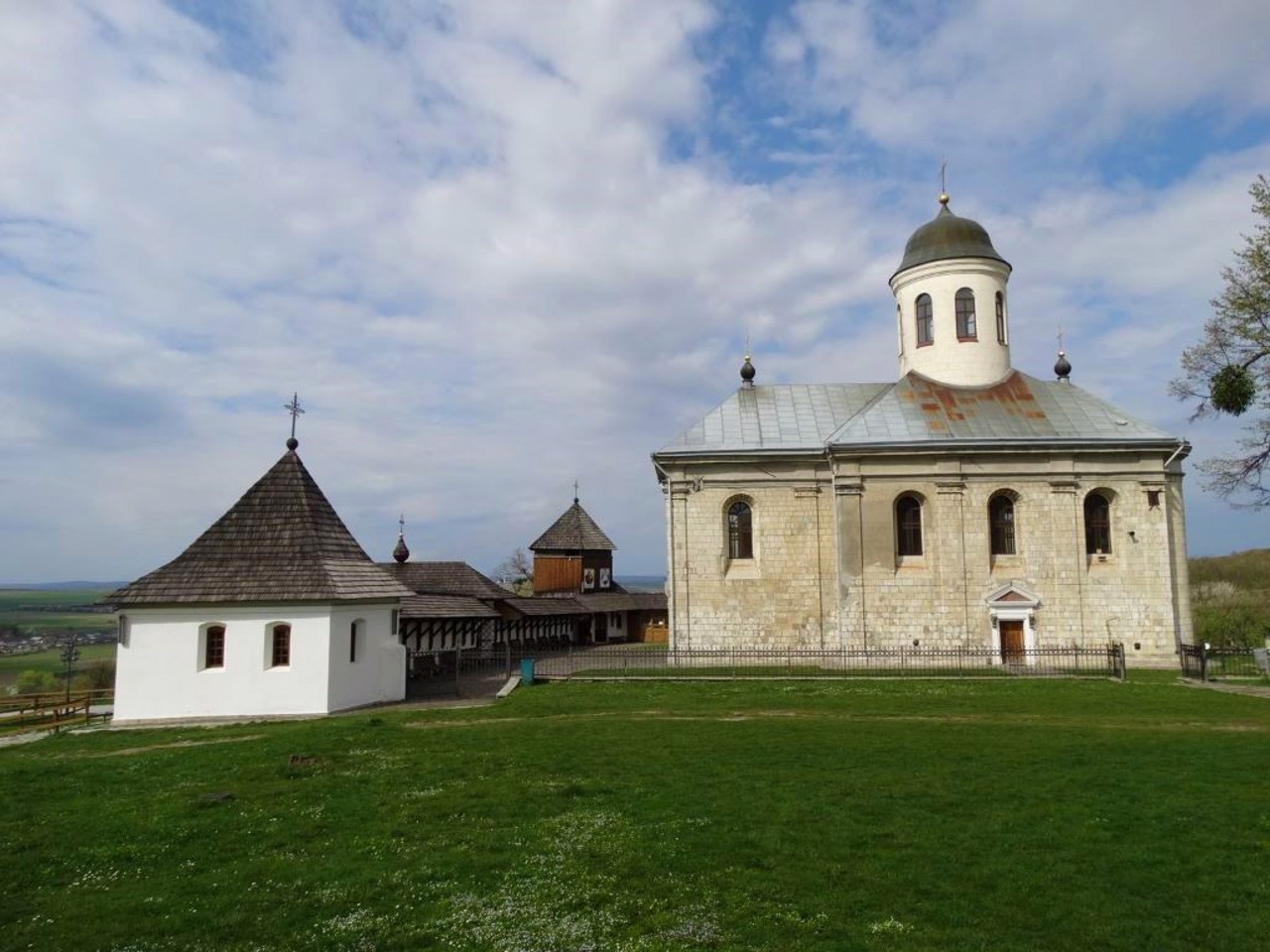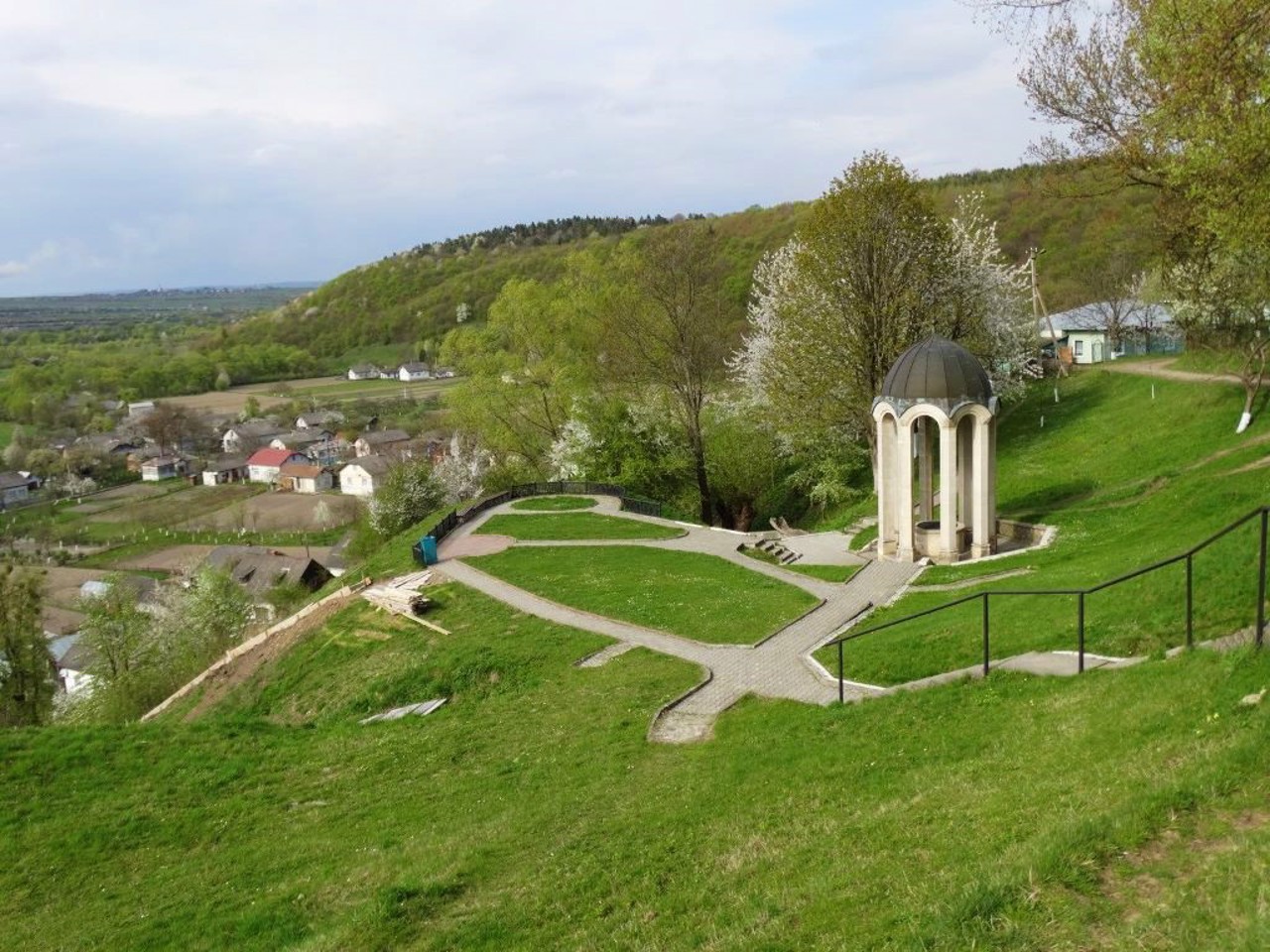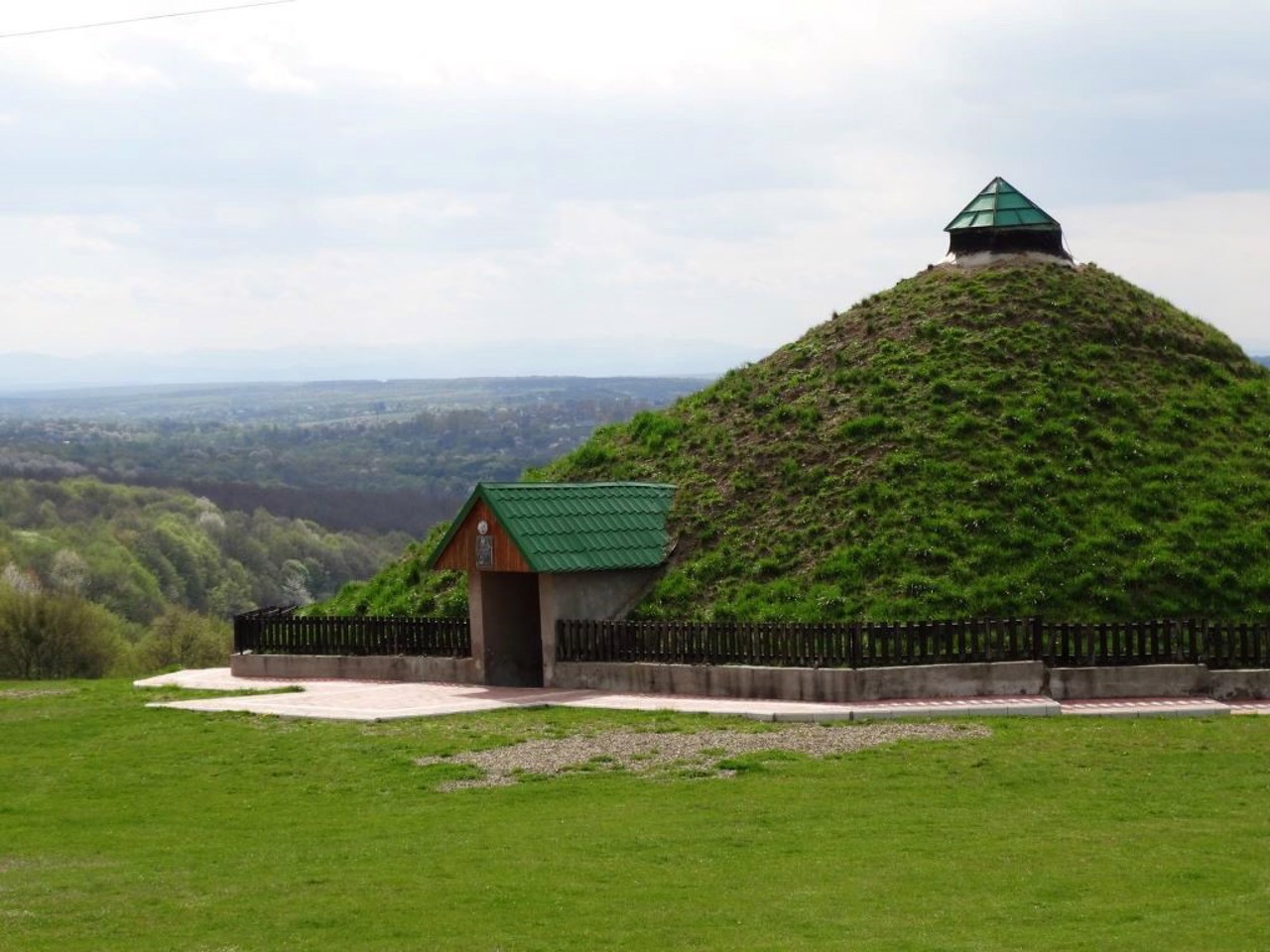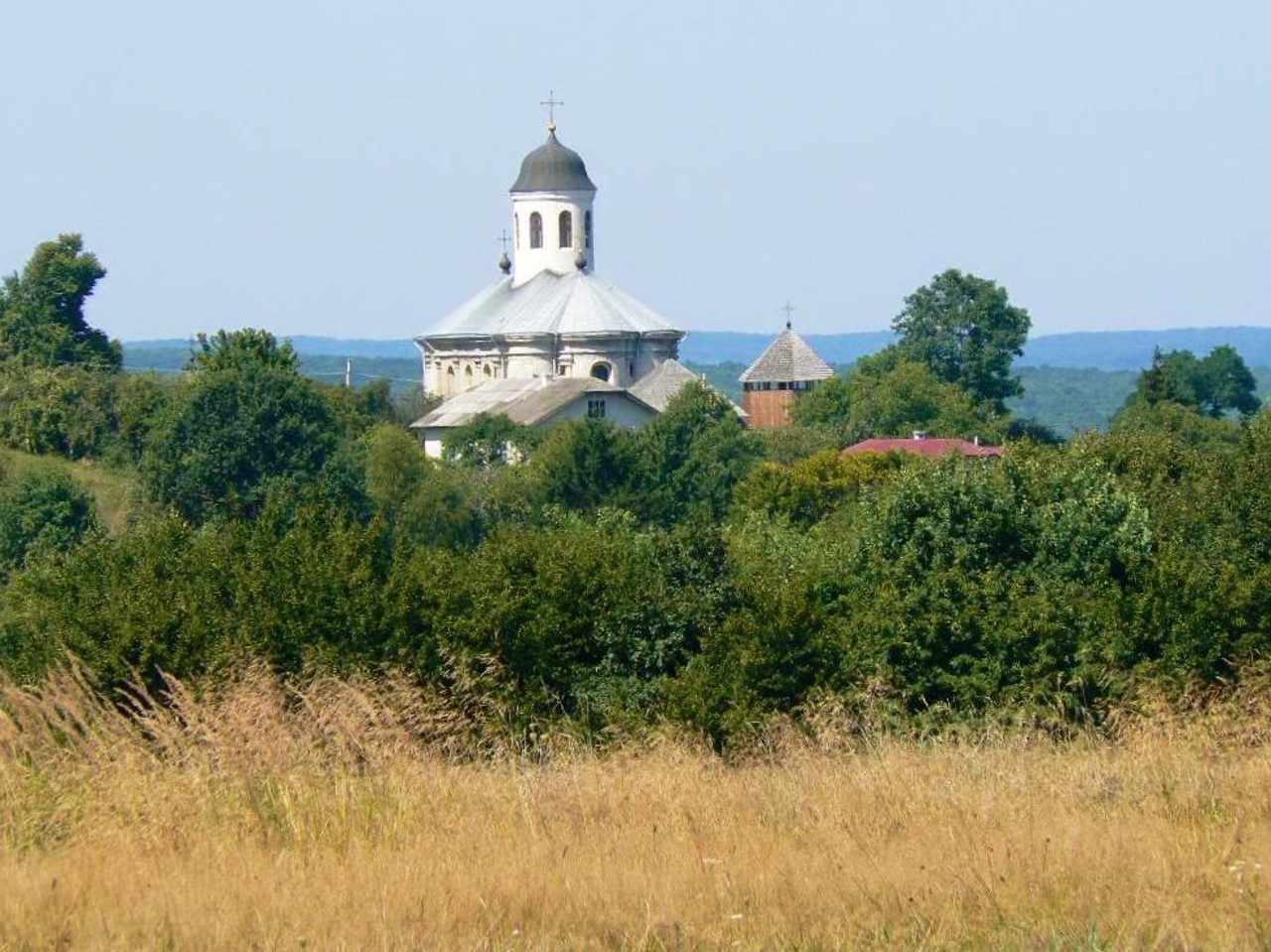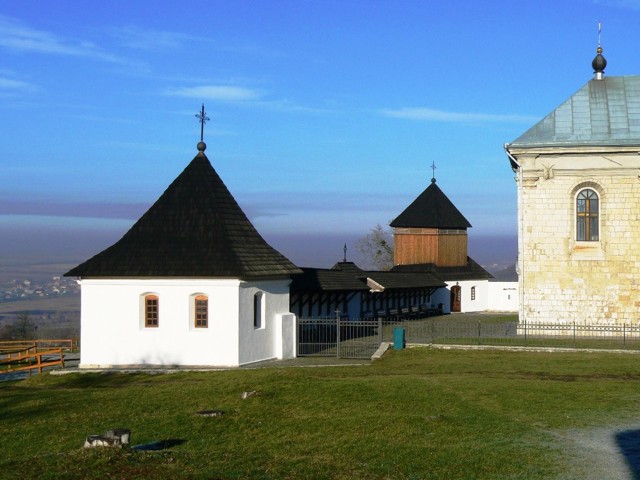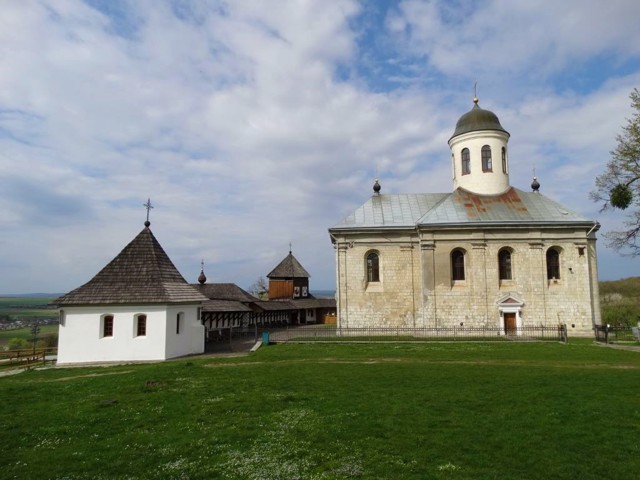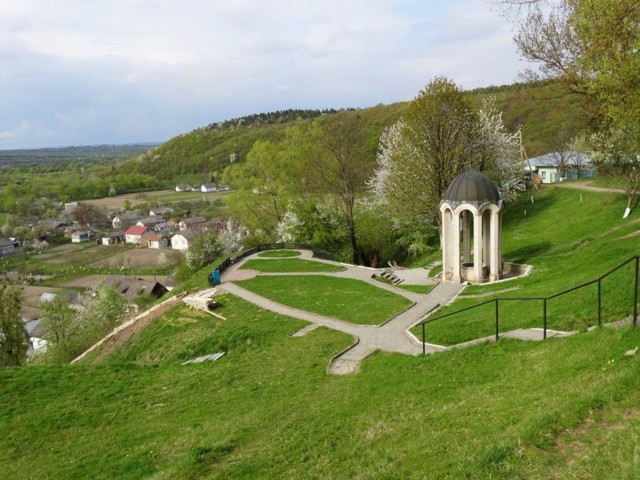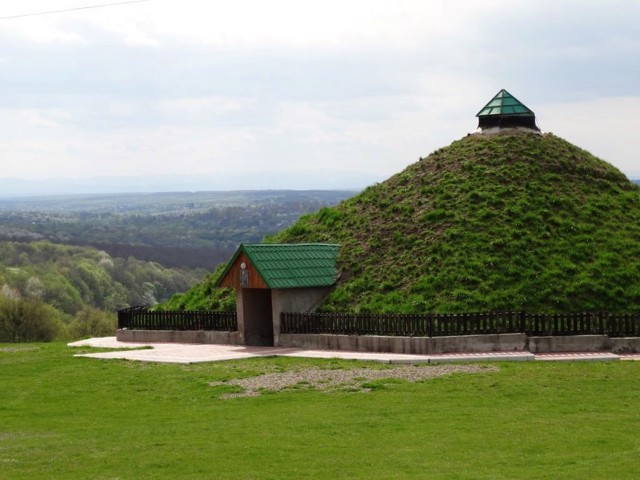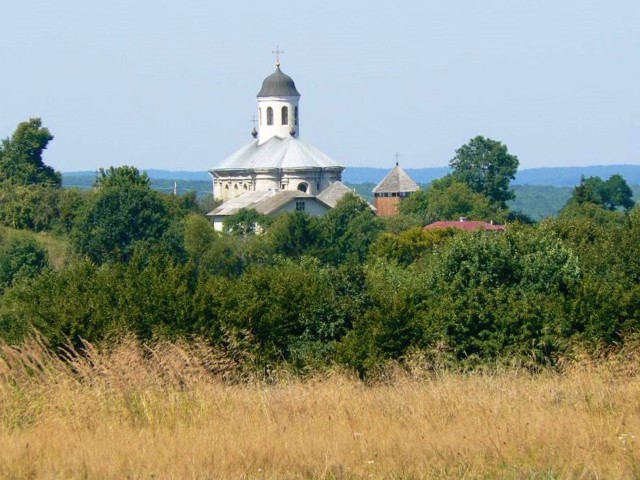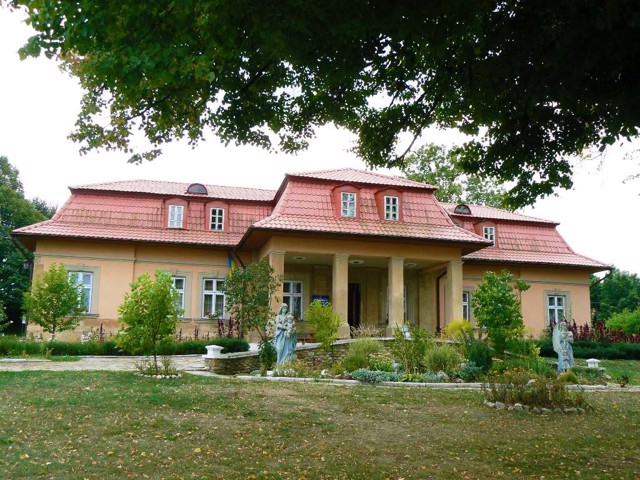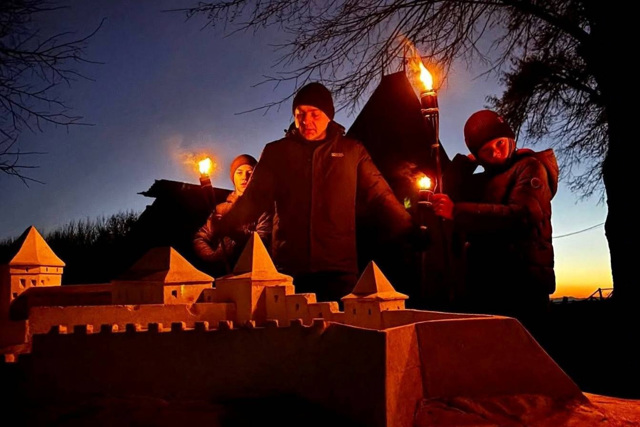Functional temporarily unavailable
Krylos
Travel guide online Krylos
General information about Krylos
The village of Krylos is located on the Lukva River (a tributary of the Dniester), 6 kilometers from Halych.
Here was one of the oldest cities of Ukraine, which gave its name to neighboring Halych and the whole of Galicia. According to legend, it was founded by the leader of one of the Croatian tribes named Hal or Halytsya.
The first mentions of the city are found in the 9th century, it became the capital of the principality in the 12th century under Volodymyr Volodarevych and Yaroslav Osmomysl, it reached its greatest prosperity in the 13th century under Roman Mstyslavych. In the 1240s, Danylo Halytskyi moved the capital to Kholm, but Halych remained an influential political and spiritual center for a ...
The village of Krylos is located on the Lukva River (a tributary of the Dniester), 6 kilometers from Halych.
Here was one of the oldest cities of Ukraine, which gave its name to neighboring Halych and the whole of Galicia. According to legend, it was founded by the leader of one of the Croatian tribes named Hal or Halytsya.
The first mentions of the city are found in the 9th century, it became the capital of the principality in the 12th century under Volodymyr Volodarevych and Yaroslav Osmomysl, it reached its greatest prosperity in the 13th century under Roman Mstyslavych. In the 1240s, Danylo Halytskyi moved the capital to Kholm, but Halych remained an influential political and spiritual center for a long time. The Galicia-Volyn Chronicle and one of the oldest monuments of Old Ukrainian writing - the Halych Gospel - were created here. In 1303, the Halych Metropolis was founded, the higher clergy were called by the Greek word "klyros", which is where the current name came from. And Halych himself, after a series of destructive Tatar raids, moved to the citadel near the trading port on the banks of the Dniester, where it is still located today.
On the territory of the village, the ramparts of the fortress, the princely well, the chambers of the metropolitans, the Church of the Assumption (XVI century) and the foundations of ancient Rus churches have been preserved. According to legend, the founder of the city is buried under the Halychyna grave in the Kachkiv tract. All objects are part of the National Reserve "Ancient Halych". A historical museum and a museum of folk architecture have been opened on the hillfort.
Село Крилос розташоване на рІчці Луква (притоці Дністра) в 6 кілометрах від Галича.
Тут знаходилося одне з найдавніших міст України, що дало ім'я сусідньому Галичу і всій Галичині. За легендою, заснований вождем одного з хорватських племен на ім'я Гал або Галиця.
Перші згадки про місто зустрічаються в IX сторіччі, столицею князівства воно стало в XII столітті.при Володимирі Володаревичі та Ярославі Осмомислі, найбільшого розквіту досягло в XIII столітті за Романа Мстиславича. В 1240-х роках Данило Галицький переніс столицю до Холму, однак Галич ще довго залишався впливовим політичним і духовним центром.
Тут створений Галицько-Волинський літопис і одна з найдавніших пам'яток староукраїн ...
Село Крилос розташоване на рІчці Луква (притоці Дністра) в 6 кілометрах від Галича.
Тут знаходилося одне з найдавніших міст України, що дало ім'я сусідньому Галичу і всій Галичині. За легендою, заснований вождем одного з хорватських племен на ім'я Гал або Галиця.
Перші згадки про місто зустрічаються в IX сторіччі, столицею князівства воно стало в XII столітті.при Володимирі Володаревичі та Ярославі Осмомислі, найбільшого розквіту досягло в XIII столітті за Романа Мстиславича. В 1240-х роках Данило Галицький переніс столицю до Холму, однак Галич ще довго залишався впливовим політичним і духовним центром.
Тут створений Галицько-Волинський літопис і одна з найдавніших пам'яток староукраїнської писемності - Галицьке Євангеліє. В 1303 році була заснована Галицька митрополія, вище духовенство іменувалося грецьким словом "клирос", звідки пішла нинішня назва. А сам Галич, після серії руйнівних татарських набігів, перемістився до цитаделі біля торгової пристані на березі Дністра, де розташований і зараз.
На території села збереглися вали фортеці, княжий колодязь, палати митрополитів, Успенська церква (XVI століття) та фундаменти давньоруських храмів. Під курганом Галичина могила в урочищі Качків, за переказами, похований засновник міста. Всі об'єкти входять до складу Національного заповідника "Давній Галич". На городищі відкрито історичний музей і музей народної архітектури.
Сплануй своє перебування у Krylos
What to see and where to go in Krylos
Tourist attractions and museums of Krylos
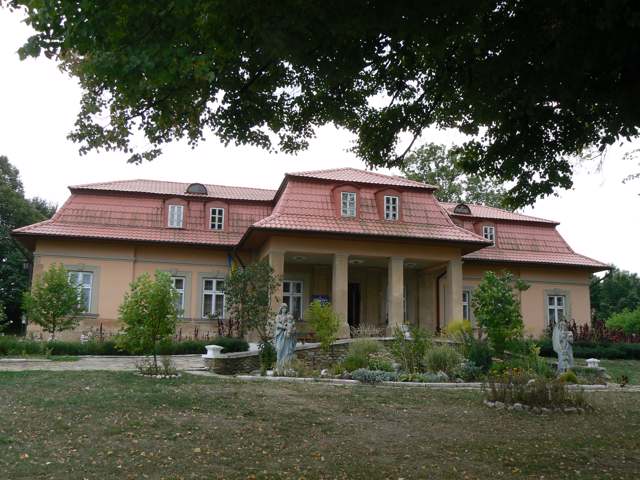
Ancient Halych History Museum (Metropolitan Chambers)
Museum / gallery
The Museum of the History of Ancient Halych in Krylos is located in the former Metropolitan Chambers, an architectural monument of the 18th century. It is the leading museum of the National Reserve "Ancient Halych".
After the destruction of ancient Halych by the Tatars in the 13th century and the transfer of the capital of Halych to Kholm, then to Lviv, the former princely child remained the residence of the Galician metropolitans. In particular, it was the summer residence of Metropolitan Andriy Sheptytskyi, with whose assistance in 1937 archaeologist Yaroslav Pasternak founded the first museum of ancient Halych.
Initially, the exhibition of finds from the excavations in the village of Krylos was housed in the chapel of Saint Basil. In the 1990s, the exposition was moved to the renovated premises of the Metropolitan Chambers. Tools of the copper, bronze and iron ages, ancient weapons, in particular the ancient Rus princely sword of the 12th century, are presented here.
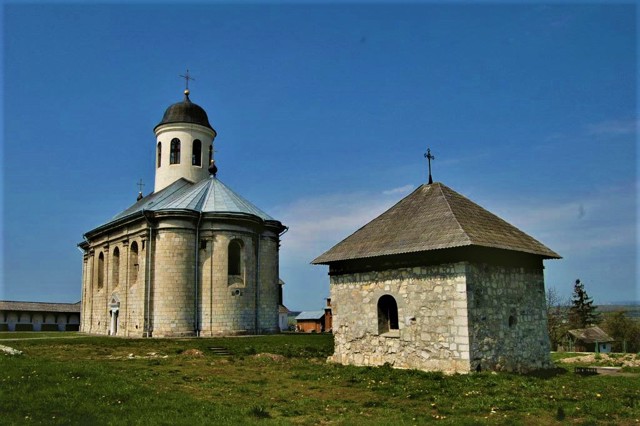
Assumption of Blessed Virgin Mary Church
Temple , Architecture
The Church of the Assumption of the Blessed Virgin Mary in Krylos was built in 1586 from the materials of the destroyed Assumption Cathedral - the main shrine of Ancient Halych (the foundation of the cathedral was discovered next to the church, restoration is planned).
Ancient Rus reliefs and graffiti were found on some of the stone blocks that make up the Assumption church. In the 17th century, the temple complex was surrounded by defensive stone walls with four corner towers (fragments have been restored).
The Assumption church, badly damaged during the Turkish invasion, was restored at the beginning of the 18th century by Bishop Yosyp Shumlyanskyi. Great artistic value is represented by the western portal with a pediment, decorated with a stone-carved composition "The Assumption of the Virgin".
The Basilian monastery, which was abolished in 1783, operated near the cathedral.
Today, the Church of the Assumption in Krylos belongs to the Ukrainian Greek Catholic Church and has the status of a Patriarchal Procathedral. It is part of the National Reserve "Ancient Halych".
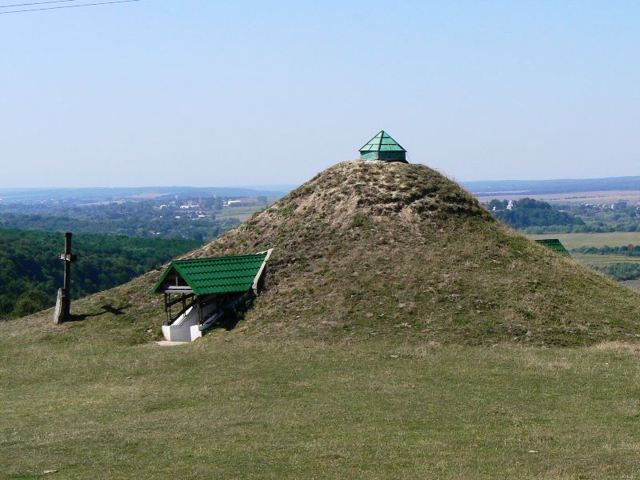
Halychyna Grave
Museum / gallery , Archaeological site
"Halychyna Grave" has long been called a lonely mound on the southwestern edge of the Krylos hillfort, at its highest point, between the outer and inner defensive ramparts.
According to legend, the legendary founder of Halych, Prince Hal (Halytsya), is buried here. The Halychyna Grave is mentioned in the Galician-Volyn Chronicle of the 13th century as a sacred place for the acquisition of princely power.
During excavations in 1991-1993, an ancient Slavic symbolic burial (cenotaph) of a noble warrior was found in the mound. A dagger, arrowheads, three axes, gilding from a shield and other items dating back to the 10th century were discovered in the remains of the burnt boat. There were no remains of the soldier himself in the burial.
The mound "Halychyna Grave" is now part of the National Reserve "Ancient Halych". In 2014, it was restored and an exhibition was set up in it, recreating an ancient burial ground.
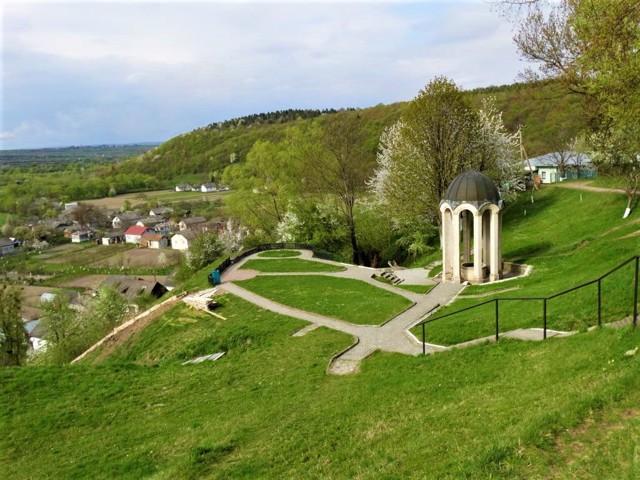
Princely Well
Historic area
The healing spring on the slope of Krylos Hill near the Assumption Cathedral is called the Princely Well in Krylos.
Since ancient times, it served as a source of drinking water for the inhabitants of ancient Halych. According to legend, the spring arose from the blow of the prince's sword during a long siege, providing drink to the desperate defenders of the city.
For the 1100th anniversary of ancient Halych, a four-meter rotunda with a copper dome and a gilded cross was installed above the spring. There is also an observation deck.
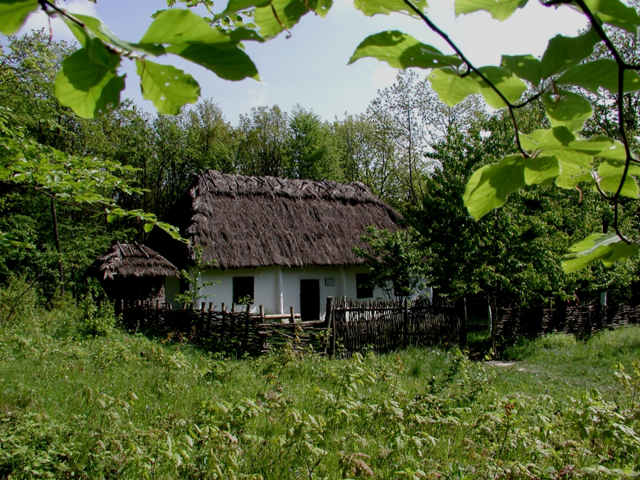
Ethnography Museum
Museum / gallery , Ethnographic complex
The Open-air Ethnographic Museum in Krylos is located on the territory of an ancient settlement, on the first line of defensive ramparts. It is part of the National Reserve "Ancient Halych".
The island of folk architecture introduces visitors to the daily life of the inhabitants of Prykarpattya in the 17th and 20th centuries.
On the territory of 4.5 hectares, traditional dwellings of four ethnographic regions are presented: Pokuttya, Hutsul region, Boyky region and Opillya. Currently, 11 original monuments of folk architecture are collected here, in the interiors of which ancient household items are exhibited.
Reviews Krylos
Geographical information about Krylos
| {{itemKey}} | {{itemValue}} |
|---|---|
| Region |
Ivano-Frankivsk |
